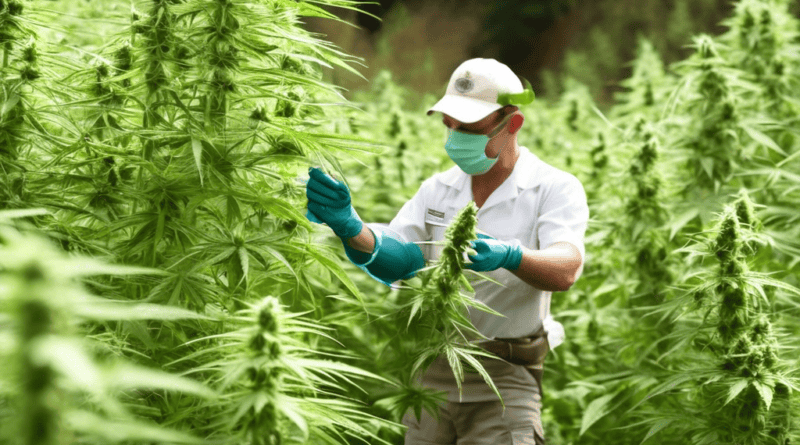California Implements Stricter Emergency Regulations on Intoxicating Hemp Products
New Emergency Regulations on Hemp Products in California
Introduction of Emergency Regulations
Governor Gavin Newsom has introduced a set of new emergency regulations aimed at controlling the manufacture and sale of hemp products that contain intoxicating levels of THC and other cannabinoids. These stringent measures are designed to address the growing concern surrounding the accessibility of these potentially dangerous products to children and teens.
The primary objective of these regulations is to curtail the availability of intoxicating hemp products to minors, thereby minimizing health risks and enhancing public safety. The new rules specify that hemp products must not contain detectable levels of THC and must be sold in packaging that limits consumption to a maximum of five servings. Moreover, sales are restricted to individuals aged 21 and older.
Enforcement and Industry Impact
The new regulations, once approved by the state Office of Administrative Law, will be enforced immediately by state and local law enforcement agencies, alongside state regulatory bodies. This swift enforcement aims to close existing loopholes that some manufacturers have exploited to sell intoxicating hemp products, despite earlier regulatory attempts.
This regulatory framework is a response to the increasing number of health incidents attributed to illegal hemp products and the gaps exposed by previous attempts to control these substances. Previously, Assembly Bill 2223 sought to regulate hemp-derived cannabinoids but was stalled in committee.
The proposed regulations have elicited significant concern within the hemp industry, with many businesses worried about the potential adverse effects on their operations and profitability. The restrictions are not confined to the sale of products within California; they also extend to the manufacturing sector, potentially impacting companies that produce hemp products for national distribution.
Testing and Documentation Requirements
Under the new rules, manufacturers must adhere to rigorous testing protocols and maintain comprehensive documentation to verify that THC levels are within the permissible limits. This is part of a broader strategy aimed at aligning the regulation of hemp products with those of the state’s regulated cannabis market.
The emphasis on testing and documentation is intended to ensure a higher degree of safety and transparency, fostering a more trustworthy marketplace for consumers. As regulators push for stricter compliance, the changes are expected to create a safer environment both for consumers and the broader community.
Ultimately, these regulations embody California’s commitment to protecting public health while attempting to strike a balance that considers the economic implications for the hemp industry. By setting these stringent standards, the state hopes to mitigate the risks associated with intoxicating hemp products and to establish a regulatory environment that is both safe and commercially viable.

